This article was medically reviewed by Sarah Gehrke, RN, MS. Sarah Gehrke is a Registered Nurse and Licensed Massage Therapist in Texas. Sarah has over 10 years of experience teaching and practicing phlebotomy and intravenous (IV) therapy using physical, psychological, and emotional support. She received her Massage Therapist License from the Amarillo Massage Therapy Institute in 2008 and a M.S. in Nursing from the University of Phoenix in 2013.
This article has been viewed 326,049 times.
When you are having pain in your back, you may not automatically know what it causing it. It can be very difficult to recognize the differences between pain originating in your back and pain coming from your kidneys. However, the difference is all in the details. In order to distinguish between kidney and back pain you need to concentrate on identifying exactly where the pain is located, how constant it is, and whether there are any other symptoms you are experiencing. If you can identify the details, you should be able to distinguish between kidney and back pain.
Steps
Assessing Your Pain
-
1Identify widespread pain across the lower back and the buttocks. If you are having pain across these areas, it is most likely caused by an injury to the back muscles, not the kidneys. These are common areas of back pain and it is more common for back pain to spread across this whole region than for kidney pain to spread in this way.
- An injury to the back muscles can impact the function and pain levels in a variety of muscles down the backside of the body, including the gluteus muscles.
- If you are having widespread pain, weakness, or numbness, especially down into your legs, it is important to get medical care immediately.[1]
-
2Feel for pain specifically between the ribs and hips. Kidney pain is most often located on the side or the back in the area called the flank. This is the area at the back of the body where the kidneys are located.[2]
- Pain in other areas of the back, such as the upper back, is not caused by the kidneys.
Advertisement -
3Identify abdominal pain. If the pain in your lower back is accompanied by pain in your abdomen, then it is more likely that your pain is related to your kidneys. Back pain tends to remain on the back side of the body. Enlarged or infected kidneys can cause inflammation towards the front of the body in addition to the back.[3]
- If you only have abdominal pain with no back pain, that is not likely to be related to the kidneys.
-
4Assess whether the pain is constant. In many cases, kidney pain is constant. It may decrease or increase a bit throughout the day, but it never goes away completely. On the other hand, back pain will often go away completely and then come back at a later time.[4]
- Most causes of kidney pain, including urinary tract infections and kidney stones, will not stop hurting on their own without treatment. The back muscles, on the other hand, can heal themselves and the pain can go away.
- Some kidney stones can pass through your body on their own without treatment.[5] However, it is still important to get the cause of your kidney pain evaluated by a doctor.
-
5Feel for pain on only one side of your lower back. If you are having pain on just one side of your flank, then it is likely that it is caused by your kidney. The kidneys are located right along the flank and a kidney stone may only cause pain in one of your kidneys.[6]
Identifying Differing Symptoms
-
1Think about likely causes of back pain. One way to distinguish between back and kidney pain is to think about whether you have done anything recently that is likely to cause back pain. If you have done a lot of heavy lifting or have bent over for a long period of time, your pain is more likely to be back pain than kidney pain.
- If you stood or sat for an unusually long time recently that could cause back pain.
- Also, if you have an existing injury to your back it is likely that new pain is related to that previous injury.
-
2Pay attention to problems with urination. Because the kidneys are an integral part of the urinary tract, infections and other problems with the kidneys often show up during urination. Look for blood in your urine and pay attention to increases in pain when you urinate.[7]
- Your urine may also be cloudy or dark if the pain is coming from your kidneys.
- You may also feel an intense need to urinate when you are having kidney problems, such as kidney stones.[8]
-
3Feel for numbness below the back. In some cases of back pain you may experience numbness due to problems with nerve compression and blood flow down into the buttocks and the legs. This is a common symptom for those suffering from back pain related to the sciatic nerve.[9]
- This numbness can even go all the way down to the toes in extreme cases.
Getting a Medical Diagnosis
-
1Contact your doctor if you have pain that won't go away. It is important to get medical problems that are causing you pain treated by a medical professional. If you don't get them treated promptly, they could create larger issues that will cause you even more pain in the future.
- Call your doctor's office and describe your symptoms to the office staff. They will then suggest an appointment time for you to be seen.
- Treating pain with an over-the-counter pain medication is a good temporary solution if you are in a lot of distress. However, you should get medical care for long-term pain so that there is a chance that the problem can be solved instead of simply masked with medication.
-
2Have an examination and testing done. When you see the doctor they will ask you about your symptoms, including when they started and how strong they are. They will then do a physical exam that includes feeling the areas of pain. At this point they may be able to give you a general idea of what is causing the pain but they will also likely do a variety of tests on you to give you a specific diagnosis.
- Whether the doctor suspects a serious problem in the back, such as a slipped disc, or a problem with the kidneys, they will order imaging to be done. This can be in the form of an X-ray, ultrasound, spinal magnetic resonance imaging (MRI), or a computed tomography (CT) scan.[10]
- If the doctor suspects a problem with your kidneys, they will order a variety of blood and urine tests to look for abnormalities in your blood cell counts and your protein counts, among other things.
-
3Treat the cause of your pain. Once the cause of your pain has been identified, your doctor will suggest a treatment plan. This plan should address both the pain you are experiencing and the cause of the pain. This means that you are likely to be prescribed a pain reliever and a medication to treat any infections or injuries you have sustained.
- If you are having kidney pain due to kidney stones, a common cause of kidney pain, your doctor will prescribe medication for pain and discuss surgical options with you if the stones are large and won't pass.[11]
- If you have a pulled back muscle, a common cause of back pain, your doctor will likely talk to you about pain management, care for the muscles, and physical therapy options.[12]
References
- ↑ http://www.orthop.washington.edu/?q=patient-care/articles/arthritis/back-pain.html
- ↑ https://www.cedars-sinai.org/health-library/diseases-and-conditions/k/kidney-stones.html
- ↑ https://www.mayoclinic.org/symptoms/kidney-pain/basics/definition/sym-20050902
- ↑ https://www.cedars-sinai.org/health-library/diseases-and-conditions/k/kidney-stones.html
- ↑ https://www.cedars-sinai.org/health-library/diseases-and-conditions/k/kidney-stones.html
- ↑ https://www.cedars-sinai.org/health-library/diseases-and-conditions/k/kidney-stones.html
- ↑ https://www.cedars-sinai.org/health-library/diseases-and-conditions/k/kidney-stones.html
- ↑ http://urology.wustl.edu/en/Patient-Care/Kidney-Stones/Kidney-Stones-Overview
- ↑ https://www.belmarrahealth.com/kidney-pain-vs-back-pain-understand-difference/
About This Article
If you are in pain but can't tell if it's kidney or back pain, try to determine where the pain is most severe. For example, widespread pain across the lower back and buttocks is typically caused by an injury to the back muscles. However, pain between the ribs and hips, or pain that's only coming from one side of your body, could be signs of a kidney problem. Furthermore, pay attention to your urine, since the kidneys are an important part of your urinary tract. If your urine is cloudy or dark, or if you feel a constant or intense need to urinate, you may have a kidney infection or kidney stones. It's best to contact your doctor for an official diagnosis and treatment, especially if the pain is persistent. For more tips from our Medical co-author, like how to treat the cause of your pain, read on.
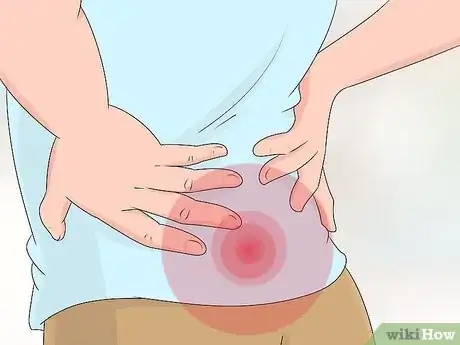
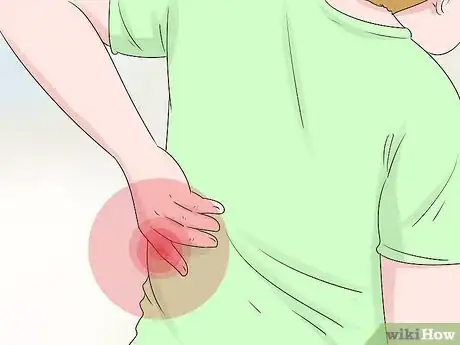
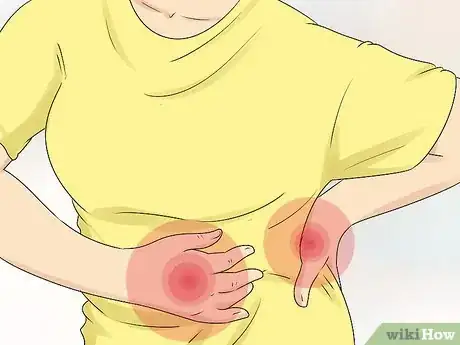
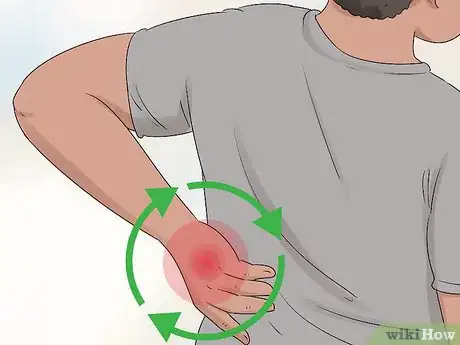
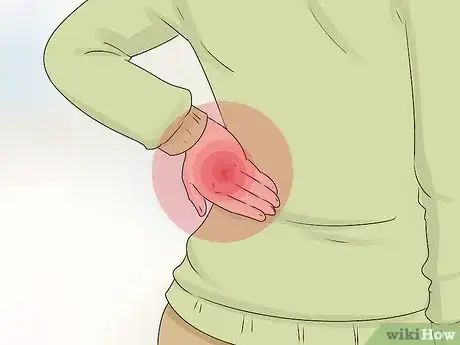
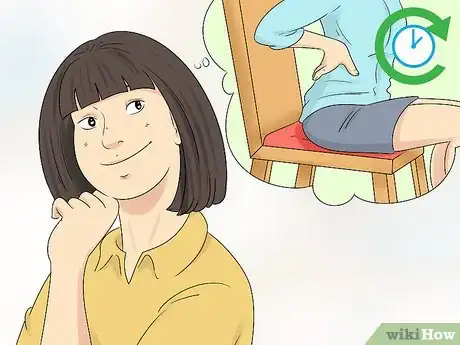
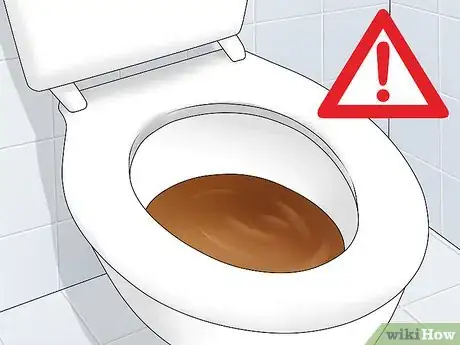
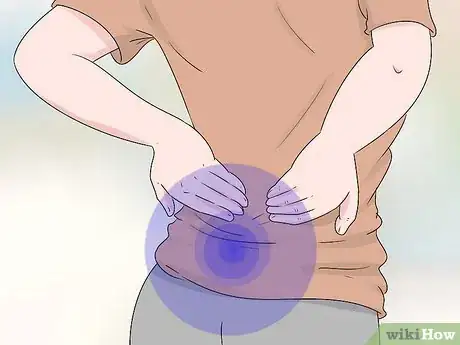
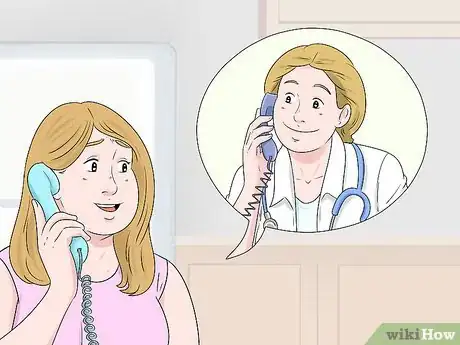
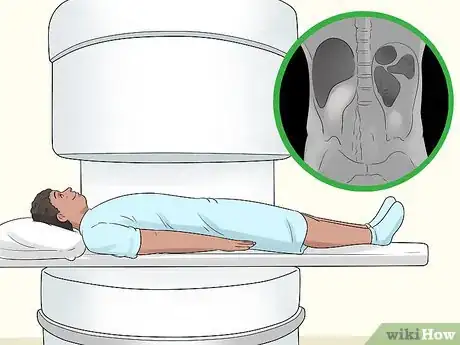
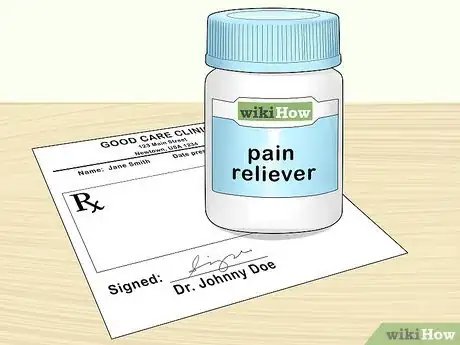
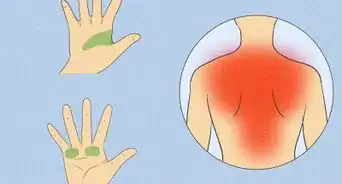
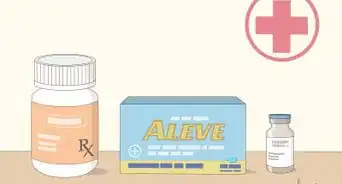
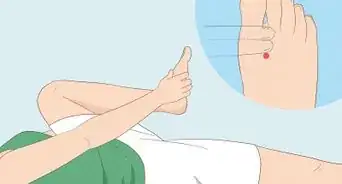
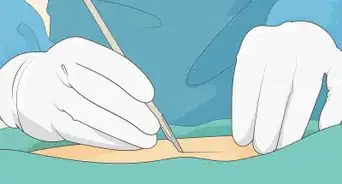

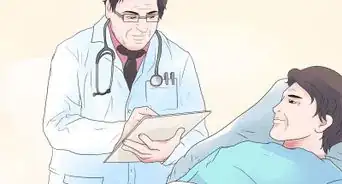
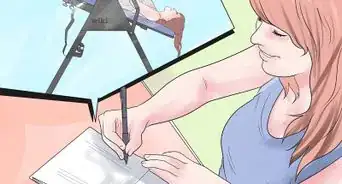
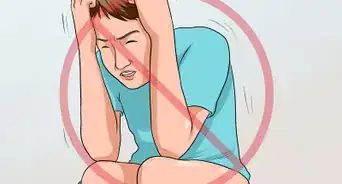
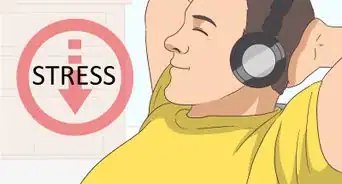
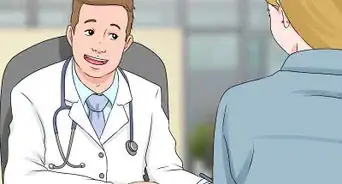
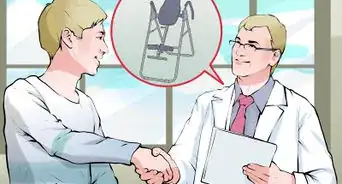
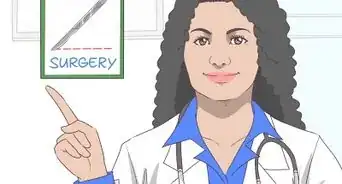
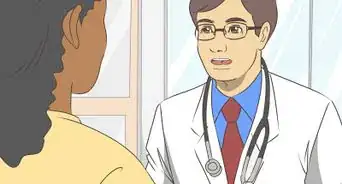









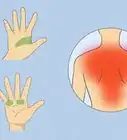
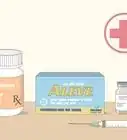
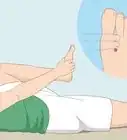
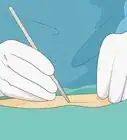



































Medical Disclaimer
The content of this article is not intended to be a substitute for professional medical advice, examination, diagnosis, or treatment. You should always contact your doctor or other qualified healthcare professional before starting, changing, or stopping any kind of health treatment.
Read More...